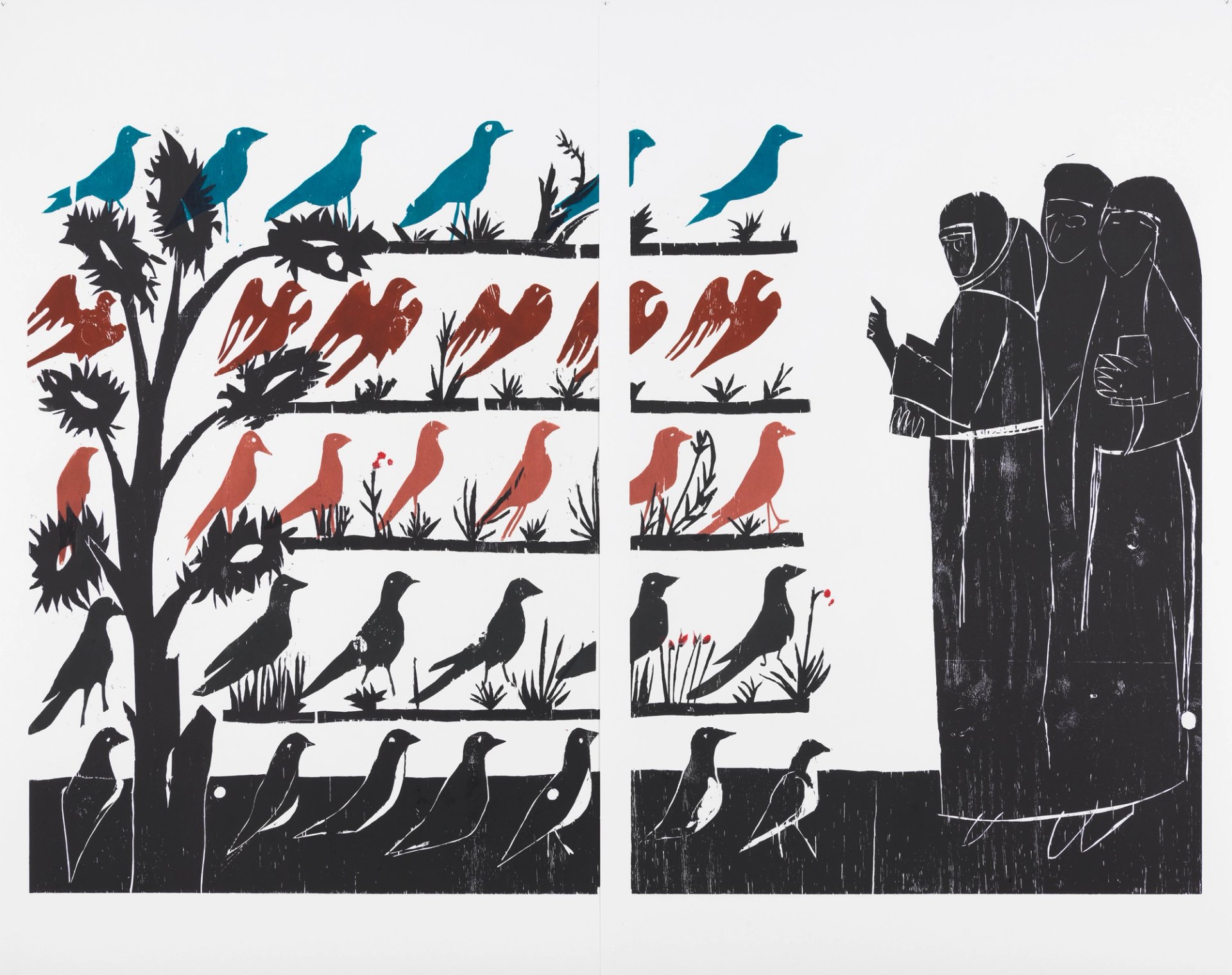Prestigious prize for women artists celebrates 20 years with Florence show – The Art Newspaper
Two decades of the Max Mara Art Prize for Women—whose previous awardees include the Turner-Prize winner Helen Cammock—are being celebrated at the Palazzo Strozzi in Florence. The exhibition Time for Women!, which opens today (17 April), features the work of the prize’s nine winners, covering a range of media from film and ceramics to woodcuts and screen prints on paper.
“Although each artist worked independently, there are common threads which unite all the projects,” said Sara Piccinni, a senior curator at the Collezione Maramotti, the impressive private collection of Achille Maramotti, who founded Max Mara, the womens’ clothing brand in 1951. These threads include “explorations of history and memory, ethics, the lived female experience”, she adds. As a whole, it makes for a powerful exhibition.
The prize was developed in 2005 by Iwona Blazwick, then director of the Whitechapel Gallery in London, and Luigi Maramotti, the chief executive officer of Max Mara. “The original proposition was to look again at the idea of the Grand Tour,” says Blazwick, “and to direct attention back to the arts and crafts in which Italy is so rich”. With London seen as central to the conversation around contemporary art at the time, and the Whitechapel as long supporting women artists, the gallery was seen as an ideal partner for the initiative. To be elegible artists, who have been nominated by an expert female panel, are based in the UK.
Helen Cammock, who went on to co-win the Turner Prize after the Max Mara, at the engraving laboratory of Istituto Centrale per la Grafica of Rome during her residency Courtesy Collezione Maramotti. Photo: Sebastiano Luciano
Nearly all nine artists were present for the exhibition’s opening night and praised the prize’s structure which offers a six-month fully funded residency in Italy, an exhibition of the resulting work at the Whitechapel Gallery and the Maramotti Collection in Reggio Emilia, plus a guaranteed acquisition by the Maramotti Collection.
Emma Hart, who completed her work in 2017, created vividly decorated heads with the ceramics experts at Faenza, while Andrea Buttner (2011) chose to spend time in monastic communities in Assisi and Biella, investigating the correspondence between renunciation of wealth and the Arte Povera movement of the 1960s. Emma Talbot (2022) whose work greets visitors to the show in the form of a ferocious grey-haired female warrior, said: “To have the time to develop a full project with the maximum ambition, and then with huge visibility, was a great opportunity.” Talbot now lives in Reggio Emilia, where Max Mara is based. Some have gone on to bag other awards. Cammock (2018) co-won the Turner Prize the following year.

Andrea Büttner, Vogelpredigt (2010)
© Andrea Büttner, by SIAE 2025. Courtesy Collezione Maramotti. Photo: Dario Lasagni
Arturo Galansino, the director of the Palazzo Strozzi since 2015, and known for his introduction of contemporary art to the institution, tells The Art Newspaper: “The history of art was invented in Florence. So what better place is there to show its progress in contemporary terms.” Also on view in at the Palazzo Strozzi is Tracey Emin’s exhibition Sex and Solitude, while a new work by an emerging Italian artist Giulia Cenci goes on show in the project space at the end of May. “Time For Women!” indeed.




